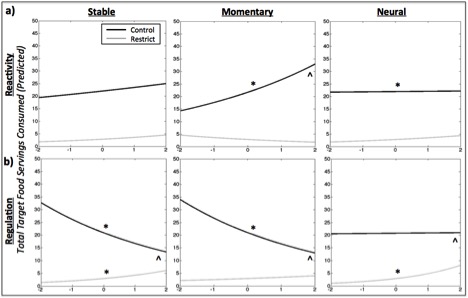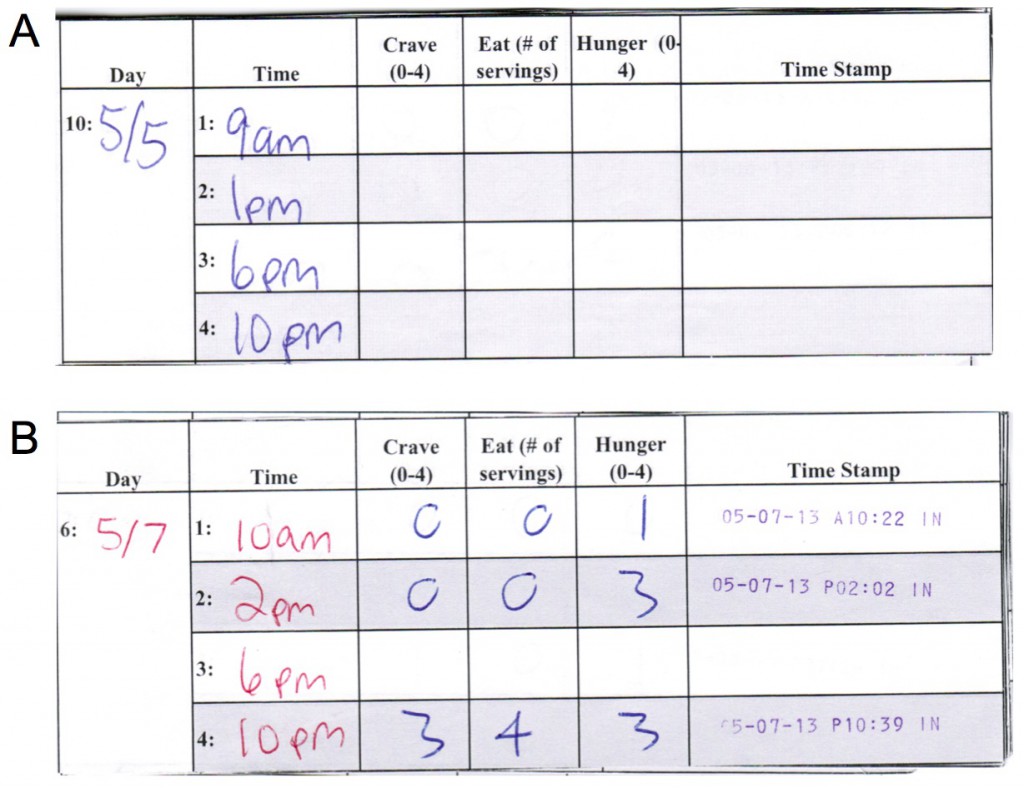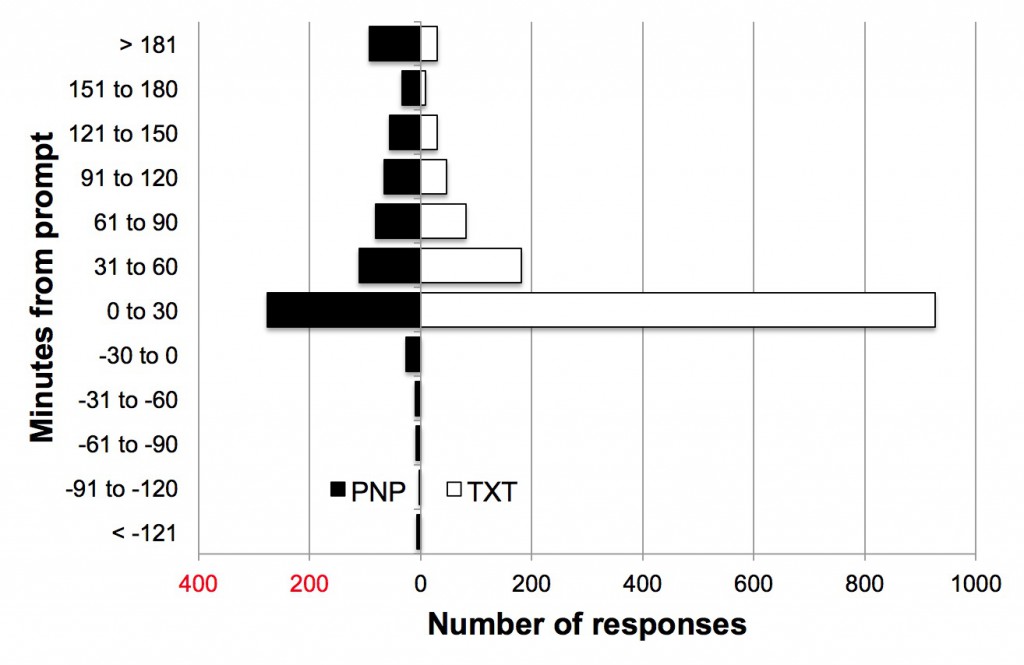People’s economic decisions are nearly always embedded in a social context. To what extent does that context influence their decisions, if at all? Social factors such as group memberships and affiliative motives have powerful effects on a range of behaviors. These factors carry substantial decision utility for people, but this “social utility” is rarely included in formal models of economic behavior. Indeed, classical economic theory has been strongly challenged by findings that economic players often do not reason in terms of pure utility-maximization. The critical breakdown point of economic models is in explaining behaviors that are altruistic or at least non-selfish.
In this paper, we marry some of the rich theoretical models of social behavior taken from social psychology with decision modeling techniques from behavioral economics. Specifically, we used a classic “minimal group” paradigm from social psychology to induce a sense of social connectedness in our experimental subjects that we call “sociality”. We then used economic choice tasks to measure the amount of utility imparted by sociality to decisions that favor group well-being but otherwise have little to no economic utility. In other words, we looked at the effect of brief “icebreaker” interactions with strangers on subsequent behavior in economic exchange games with those people.
We found that even these brief social interactions dramatically altered how people treated with each other. First, people were far more likely to cooperate, rather than compete, with others from their socialized group. This result held even when the interactions were anonymous save the knowledge that the partner was known to be in (or out) of the socialized group. Second, this general preference for fairness and cooperation persisted throughout the sequence of economic interactions to a greater degree than it did when people interacted with strangers or computer opponents. And third, socialization increased people’s tolerance for defection from others within the group; people were willing to give others in their group the “benefit of the doubt”, continuing to treat them fairly even when they occasionally took advantage. Together, the increase and maintenance in cooperation and the greater tolerance of occasional bad behavior shifted the group norm from one to mistrust and competition to one of trust and cooperation.
The implications of this work are at once pedestrian and profound. On the one hand, it makes sense that people would act more fairly to people they know than people they don’t, even if that tendency had not been demonstrated in an economic context until now. On the other hand, we were surprised at how much our light-touch sociality induction–basically a 5 minute icebreaker–had an enduring effect on behaviors that had direct economic implications for our participants. They were literally willing to forego money to maintain a norm of fairness within their group. For “social animals” like us, sometimes getting to know someone is all it takes to foster a sense of group identity, which in turn increases the kinds of prosocial feelings and behaviors that we all would like to see more often.
Citation info: Berkman, E.T., Lukinova, E., Menshikov, I., & Myagkov, M. (2015). Sociality as a natural mechanism of public goods provision. PLoS ONE, 10(3), e0119685. doi:10.1371/journal.pone.0119685 [NOTE: Author order determined alphabetically by last name.] [pdf] [PLoS]




Do we overeat because of poor self-control?
See Elliot’s latest blog post on The Motivated Brain over at Psychology Today: